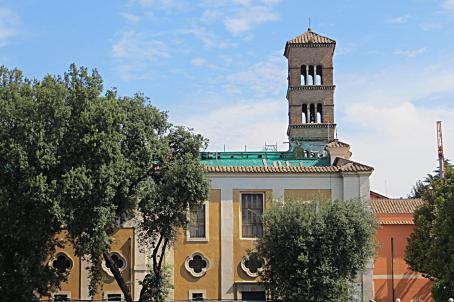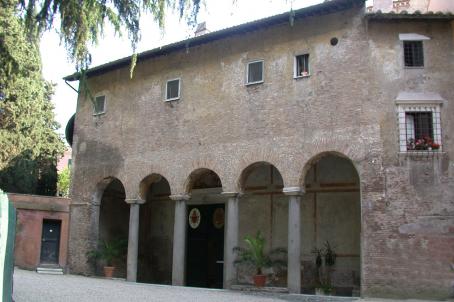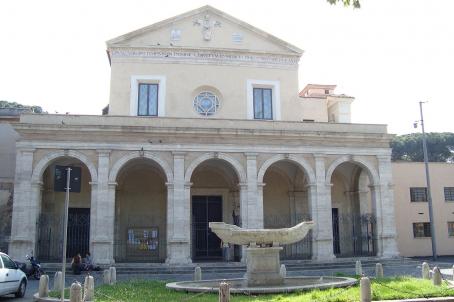Church of San Giovanni a Porta Latina

The church of San Giovanni a Porta Latina dates back to the 5th or late 4th century, certainly rebuilt in 720 and restored in 1191, with the addition of a new beautiful bell tower with six orders of triple lancet windows and a new cycle of frescoes. Between the 16th and 17th centuries, the church was enriched with a new fresco of the apse made by the Cavalier d'Arpino (1568-1640).





